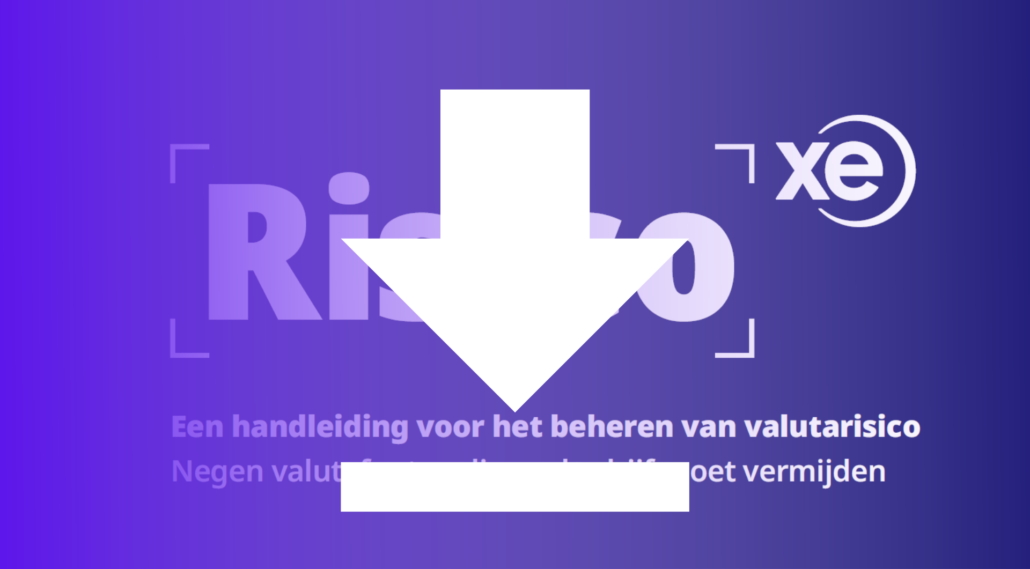17-06-2020 | XE |
Not sure where to begin? In this guide, we break down the key qualities of online money transfer providers and explore how you can figure out which one is the right fit for you.

Do you need to send money to a friend or family member in another country, pay a bill overseas, or make a purchase in a different currency? From there, it’s easy to form the logical conclusion: you need a way to exchange your currency and send your money to that other country.
The next step is finding someone to carry out this transfer for you. This is where it gets a little more complicated. Between banks, wire transfers, and online money transfer providers, there are numerous options available to you online and in person. How do you know which one to choose?
That depends on what you need.
What are you looking for in a money transfer?
There are many aspects to sending money overseas. There’s the process of exchanging one currency to another, there’s the travel from your account to your recipient, and it’s also worth considering how efficient the process is as a whole.
Ask yourself:
-
Are you looking for the best exchange rates?
-
Are you looking for the option that will send your money to its destination the most quickly?
-
Do you want a quick, easy online experience so you can take care of your transfers in a snap?
-
Are you interested in multiple money transfer methods, such as forward contracts and market orders?
-
Do you want the peace of mind of working with an established brand?
Knowing which of these is your priority will help you to figure out which provider is the best fit for your transfer.
What should you know about rates?
“What rate will I get?”
That’s the first question most people ask when they look to send money overseas. But since the rates are constantly changing, it’s hard to give a definite answer on what rate you’ll get, or to ensure that no matter what, you’ll get a good rate. So what should you do?
The most important thing you can do is cross-check rates across multiple providers, along with the mid-market rate (which you can see on our Currency Converter). The mid-market rate will be your baseline and give you a point of reference for providers’ rates. This will let you know if you’re getting a good deal.
Cross-comparing rates across providers will also give you an idea of whether a provider is offering rates that may be too good to be true. If you see a rate that is significantly lower than every other rate offered, or you see a provider claiming that their money transfers are “completely free” or come with “no fees”, that may be a sign that they come with hidden fees.
At Xe, we offer competitive exchange rates for our transfers, along with letting you know ahead of time if there is a fee for your transfer. If you’re interested in getting a certain rate, we also offer rate alerts, where you can identify a target transfer rate and we’ll notify you once it’s been reached.
What impacts transfer speed?
If you’re paying a bill, sending a holiday gift, or trying to help a friend or family member out in a difficult situation, a money transfer that travels quickly and gets to its destination when it’s promised is key.
There are multiple things that can influence how quickly a money transfer travels, such as:
-
The payment method you choose
-
Holidays or bank closures
-
Your provider requiring additional documentation
-
How quickly your recipient’s bank can process the transfer
You can read more about it in our guide to money transfer timings.
As you shop around for providers, pay attention to their transfer timings. At Xe, our money transfers typically arrive within 1-4 business days, but many reach their destination within 24 hours (and some countries take just minutes). We’ll always confirm when your transfer will be sent and when it should arrive before you confirm your transfer.
If you have a certain date in mind for your payment, you may want to set up a forward contract. This contract allows you to schedule a future payment at a set date, locked at the exchange rate at the time you set the contract. In addition to ensuring your payment will go out on time, you won’t need to worry about market volatility negatively affecting your rate before you make your payment.
Alternatively, if you know that you’ll need to regularly make payments (such as a mortgage or a tuition bill), you can also set up Regular Payments Abroad to schedule a series of money transfers at one set rate.
Is it easy to do?
We’re long past the days of leaving your house, driving to the bank, waiting in that endless line, and filling out form after form. Nowadays, many providers offer online services that you can do from the comfort of your couch, any time of day.
At Xe, we want to make it as simple as possible to send money. If you ever have any questions, you can visit our Help Centre to read more about the process and contact our team directly.
How to send money with Xe
-
Sign in or sign up. Either way, it takes just a couple of minutes.
-
Get your transfer quote. Just enter the currencies you’d like to exchange and the amount. You can also get a quick transfer quote on our Send Money page, without signing in.
-
Enter your recipient information. We’ll need their name, address, bank name, bank account number, bank code, and BIC/SWIFT code.
-
Provide your payment details. You can pay by bank transfer, card payment, or direct debit.
-
Confirm and send. Does everything look good to you? Go ahead and confirm your transfer, and we’ll take it from there.
What money transfer options are there?
There are many different circumstances by which you might need to send money. Sometimes you’re in a bind and want to get your transfer sent as quickly as possible and delivered by a certain date. Other times you may have a little more time to spare, but want to ensure that you get the best possible rate for your money transfer.
Here at Xe, we offer four different transfer methods:
-
Spot transfers – Happy with the current rates and ready to transfer now? Just initiate the transfer on our site, and we’ll get it sent as soon as possible.
-
Forward contracts – Like the current rates, but want to wait a little for your transfer? Lock in today’s rate and schedule your transfer to go out on a set date.
-
Market orders – Want to get the best possible rate? Identify your target rate and let us know how much you’d like to transfer, and your transfer will automatically initiate once that rate is reached.
-
Regular Payments Abroad (RPA) – Plan to make a series of transfers? For a one-time setup process, you can schedule a regular cadence of transfers at one locked-in rate.
What are the signs of a reputable brand?
It can be nerve-wracking to trust a company with your money and your personal information. Many people opt to use their banks for their money transfers because they already know their banks and trust that they are legitimate. While banks are a perfectly safe and reliable way to make your money transfers, they may not always be the most cost-effective method. But how do you know when an online money transfer provider is as trustworthy as your local bank?
As you research money transfer providers and examine their websites, keep an eye out for some of these signs of a reputable business:
-
A secured website
-
Information about the company and its history
-
A way to easily contact the company
-
Reasonable pricing (remember what we said above about comparing prices across providers)
Reviews are also a great resource for assessing a brand’s reliability and customer experience. You can check sites such as Trustpilot to see what verified customers have to say about a company.
How does Xe stack up to the other providers?
Over 1 million customers around the world trust Xe with their international money transfers. What makes those customers choose Xe over the others?
-
Favorable transfer rates, so you can trust that you’re getting the most for your money.
-
Fast money transfers, reaching some countries within minutes.
-
Transfer tracking, so you never have any doubt about where your money is.
-
Over 130 countries and over 98 currencies available to transfer to.
-
A quick and easy process, which you can handle entirely online 24/7, 365 days a year.
-
Numerous transfer options, so you can send your money in the way that best suits your situation.
-
Currency tools and resources, so you can stay up-to-date on your choice currencies.
-
Almost 30 years in the currency business, with the knowledge and experience to truly make us the world’s trusted currency authority.
Source
















